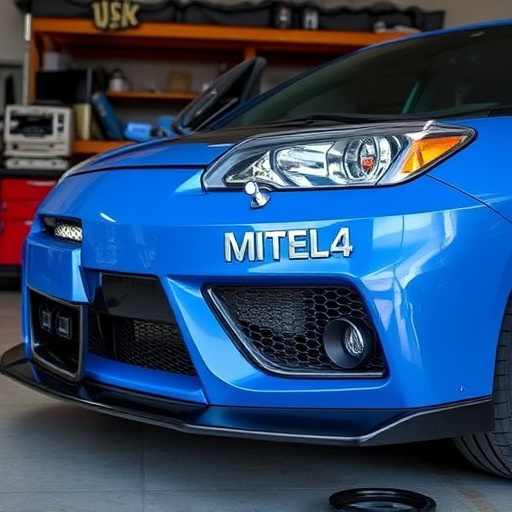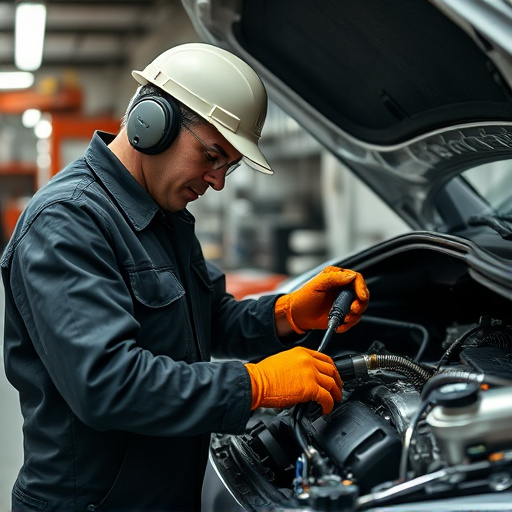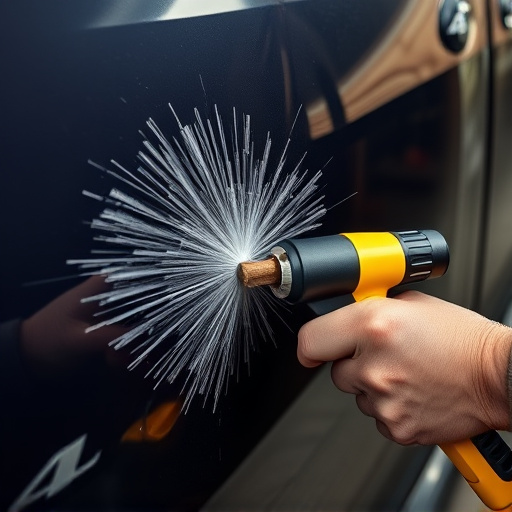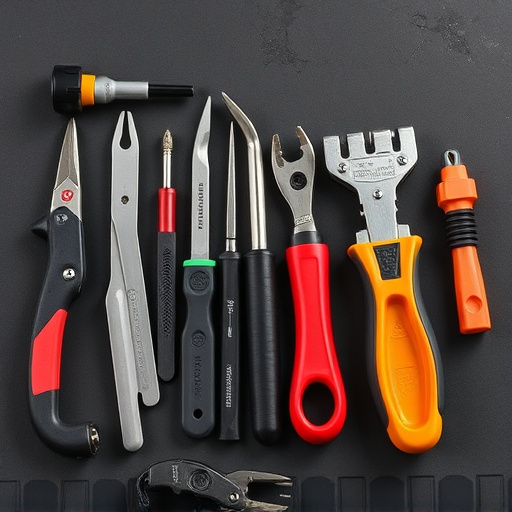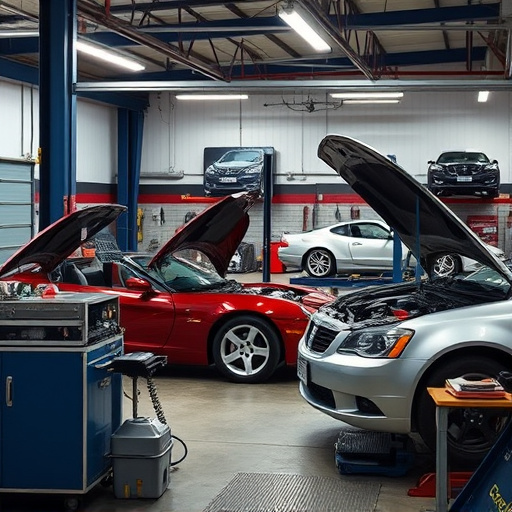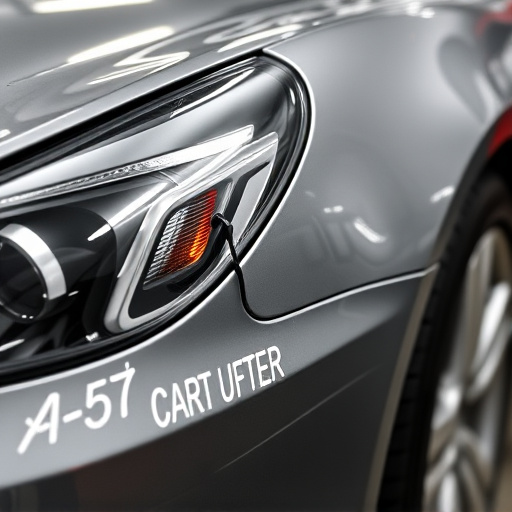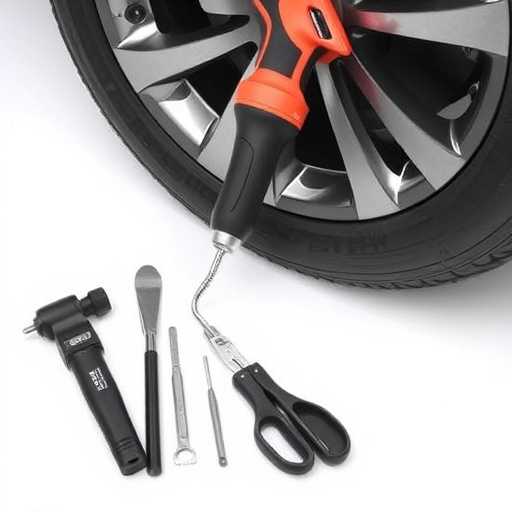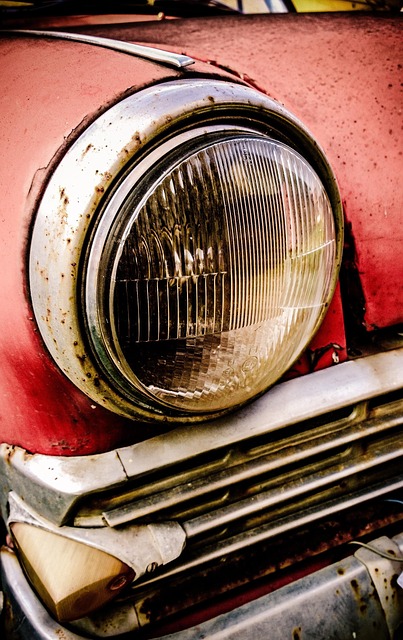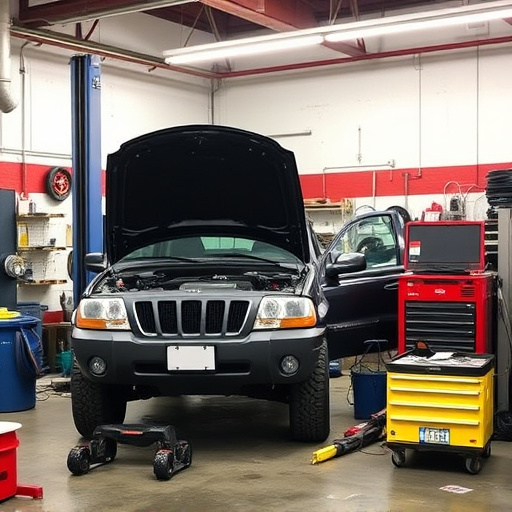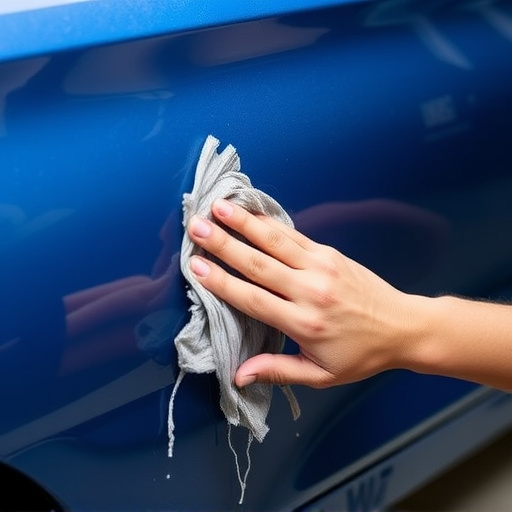Car frame damage repair is a precise process for structural restoration after incidents like "fender benders." Skilled technicians use advanced welding methods to fuse broken metal and components, ensuring safety and structural integrity, especially for high-end cars. This meticulous approach guarantees original strength, stability, and passenger safety on the road.
In the realm of automotive restoration, car frame damage repair is a meticulous art. From fender benders to severe accidents, understanding how to address these repairs is paramount for both mechanics and vehicle owners. This article delves into the intricate process, beginning with deciphering common causes and challenges of car frame damage. It then explores various welding techniques, offering a step-by-step guide to ensure structural integrity and safety. Finally, we examine the profound impact of welding on restoring vehicles to their pre-accident condition.
- Understanding Car Frame Damage: Common Causes and Challenges
- Welding Techniques for Effective Repairs: A Step-by-Step Guide
- Restoring Safety and Strength: The Impact of Welding on Vehicle Structure
Understanding Car Frame Damage: Common Causes and Challenges
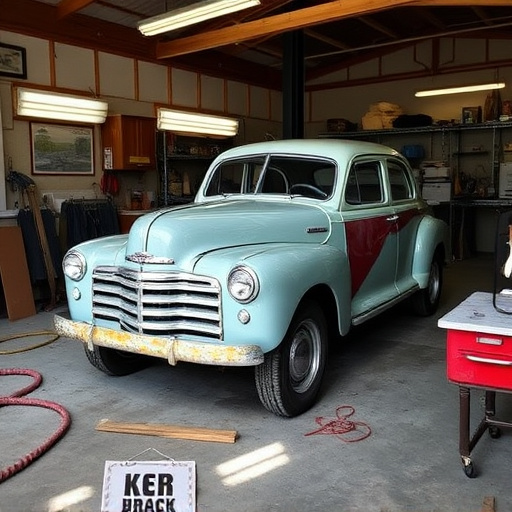
Car frame damage is a common issue that arises from various incidents, most notably minor collisions or what is often referred to as a “fender bender.” These seemingly minor accidents can cause significant structural harm to a vehicle’s frame due to the complex network of metal components. The challenges in car frame damage repair stem from the need for precision and accuracy; even slight misalignments can affect the overall stability and safety of the vehicle.
Understanding the root causes is crucial for effective collision repair services. A fender bender, for instance, might result in bent or twisted metal, broken joints, or damaged alignment components. In the case of a Mercedes Benz repair, as with any high-end vehicle, the meticulousness required to restore the frame becomes even more critical, given the intricate design and advanced materials used.
Welding Techniques for Effective Repairs: A Step-by-Step Guide
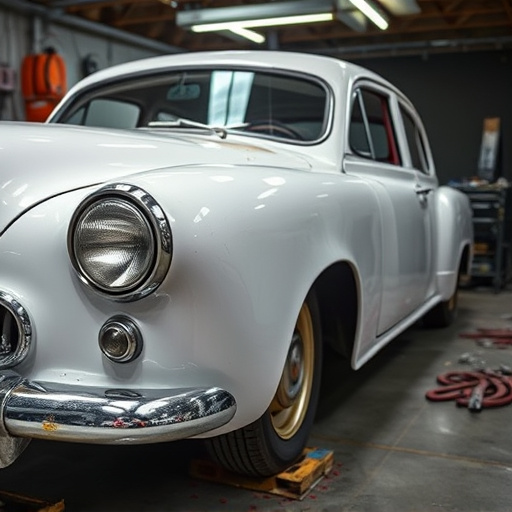
When it comes to car frame damage repair, welding is an indispensable technique that forms a crucial part of restoring vehicles to their pre-incident condition. The process involves precise and skilled manipulation of metal to fuse broken or damaged components back together. There are several welding techniques employed in car frame repairs, each suited for specific types and degrees of damage.
A step-by-step guide to effective car frame damage repair using welding could begin with preparing the damaged area, ensuring all debris is removed and the surface is clean and free from grease or rust. Next, selecting the appropriate welding method – be it spot welding, laser welding, or TIG (Tungsten Inert Gas) welding – depends on factors like the extent of damage, material type, and structural integrity requirements. After setting up the equipment, a skilled technician would then apply heat to the joint using an arc or laser, melting and fusing the metal. Cooling the weld properly and ensuring it meets structural standards is vital before proceeding with other restoration tasks, such as auto glass replacement or vehicle bodywork refinishing.
Restoring Safety and Strength: The Impact of Welding on Vehicle Structure
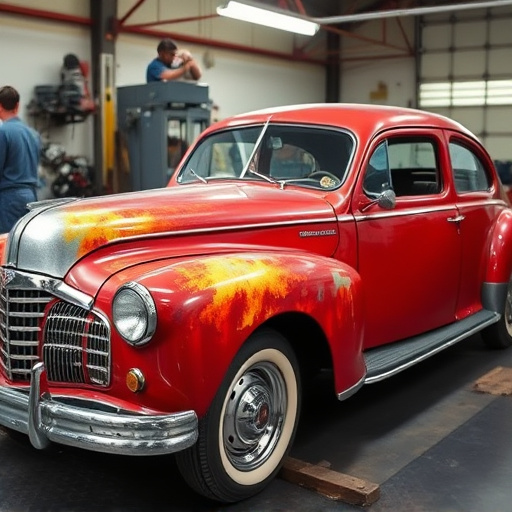
In the realm of car frame damage repair, welding plays a pivotal role in restoring both safety and structural integrity. When a vehicle undergoes an accident or suffers from cosmetic issues requiring a car restoration, it’s not just about fixing the visible parts but ensuring the underlying framework is as robust as new. Welding techniques are employed to meticulously join and fuse metal components, addressing any car frame damage that compromises the vehicle’s overall strength and stability.
This meticulous process involves skilled technicians in a professional car repair shop who utilize specialized equipment to create robust bonds. These welds not only patch up weaknesses caused by accidents but also prevent future structural failures. The result is a car body that maintains its original integrity, ensuring the safety of passengers during future drives. This aspect is paramount, especially when considering the intricate network of metal components in modern vehicle bodywork.
In conclusion, welding plays a pivotal role in addressing car frame damage repairs by offering precise and robust solutions. Understanding common causes and challenges enables technicians to employ effective welding techniques, ensuring vehicles regain their structural integrity and safety standards. By following a step-by-step guide, professionals can restore vehicles to their pre-damage condition, making welding an indispensable skill in the automotive industry for high-quality car frame damage repair jobs.


